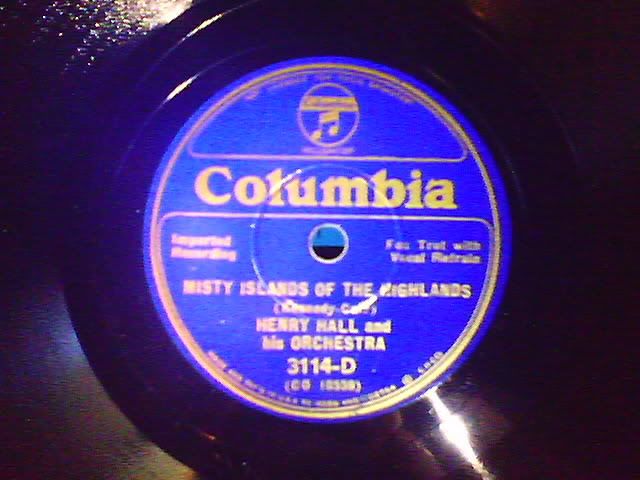A couple of years later, I managed to find some vinyl-covered wire that looked about the right size, and was the right colour, and I cut a couple of pieces to fit.
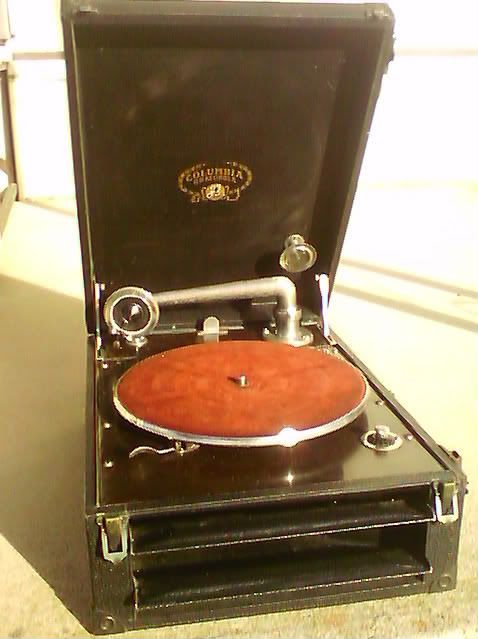
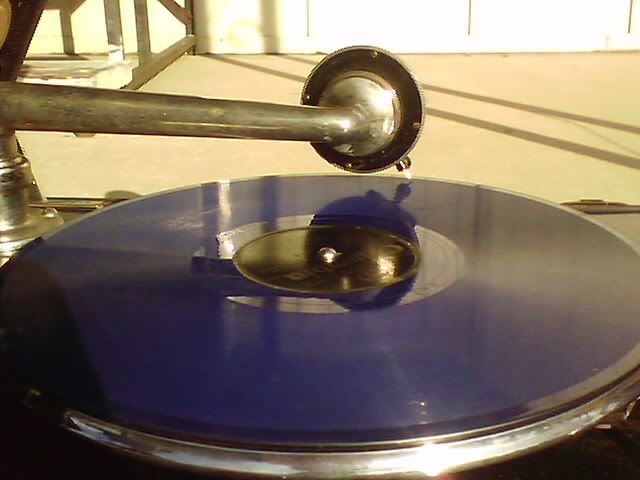
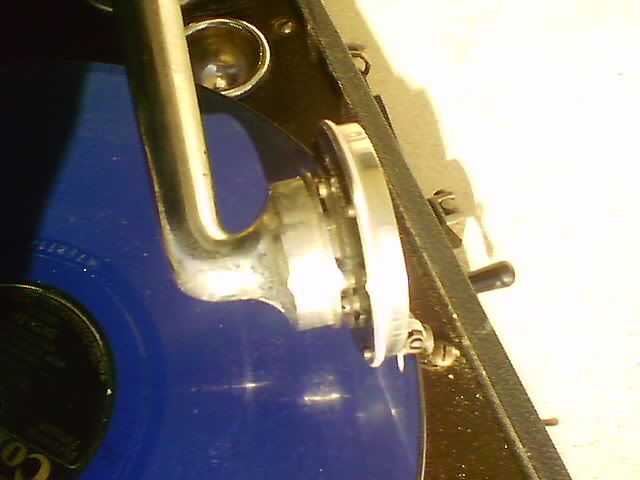
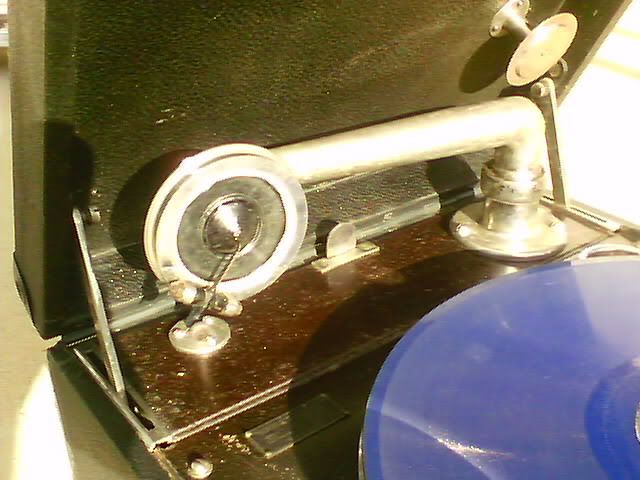




— MordEth
Yes, I’ve been trying to do custom avatars for everyone who would want one (and perhaps even encouraging people who are not as concerned with avatars to get something meaningful to them).eccentricgroove wrote:I have the demo record they brought out at the introduction of them in 1932 telling you how you can become a happy Columbia Records profit making dealer. If I can scan the label, perhaps you could make it my avatar?
You’re welcome to e-mail that to me (or I can help set you up with somewhere to upload the music files yourself)—we’ll get it up for you.eccentricgroove wrote:I could transcribe it if someone could post the music file. It features a snippet of Rudy Valley's recording of "Let's Put Out The Lights and Go To Sleep".
— MordEth
While the Orthophonic diaphragm was suspended rigidly between the gaskets--paper coated rubber, plain rubber, and later, felt for the HMV version of the sound boxes--the pivoting action was provided by the corrugations that surrounded the rim of the diaphragm, visible in this photograph --Wire coated material might help compared to falling apart brittle rubber, but I would guess that a new rubber gasket would improve the tone? But who knows the Orthophonic versions used a pressed fitting I believe?
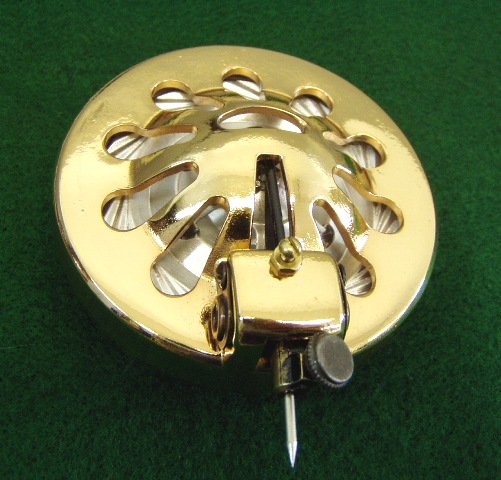
Not quite!eccentricgroove wrote:
I have the demo record they brought out at the introduction of them in 1932 telling you how you can become a happy Columbia Records profit making dealer. If I can scan the label, perhaps you could make it my avatar? I could transcribe it if someone could post the music file. It features a snippet of Rudy Vallee's recording of "Let's Put Out The Lights and Go To Sleep".
Fred
